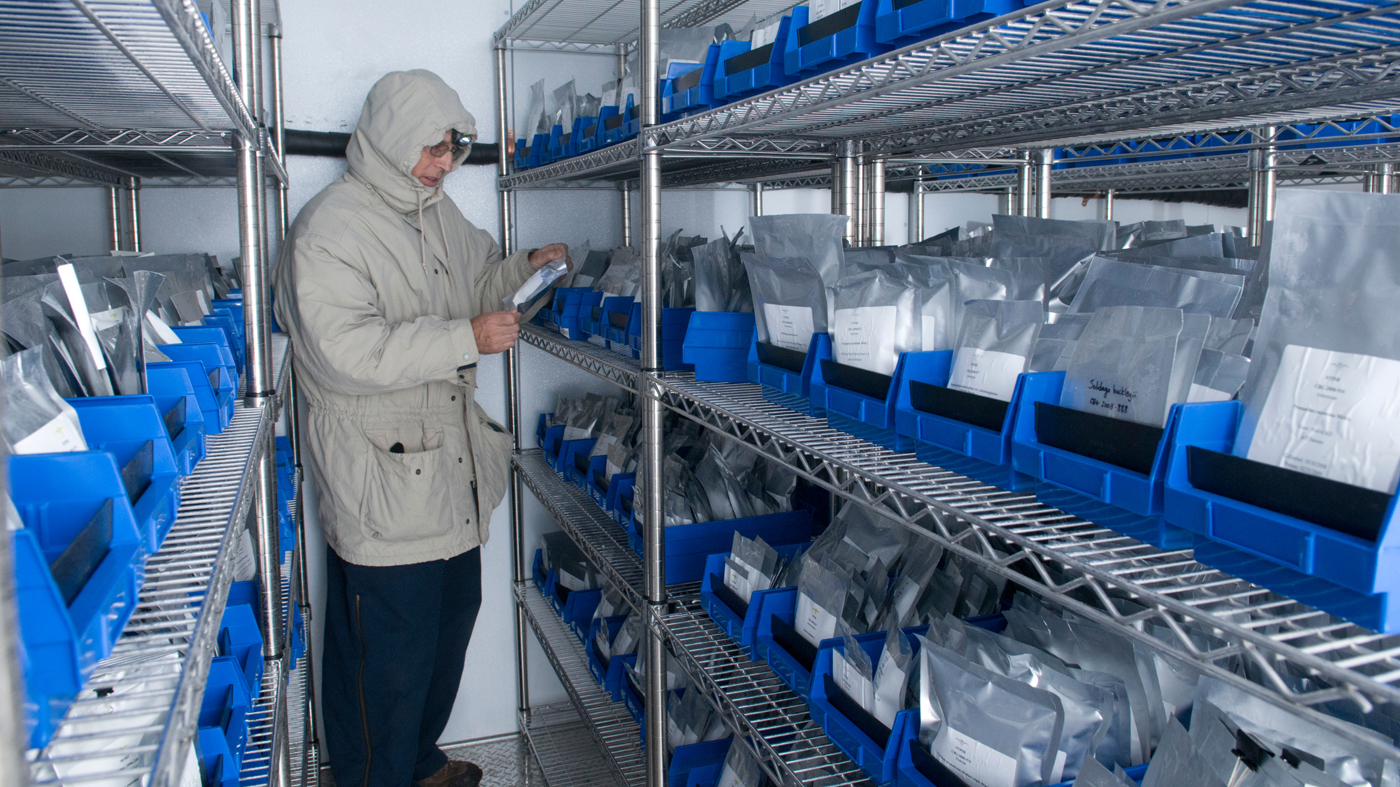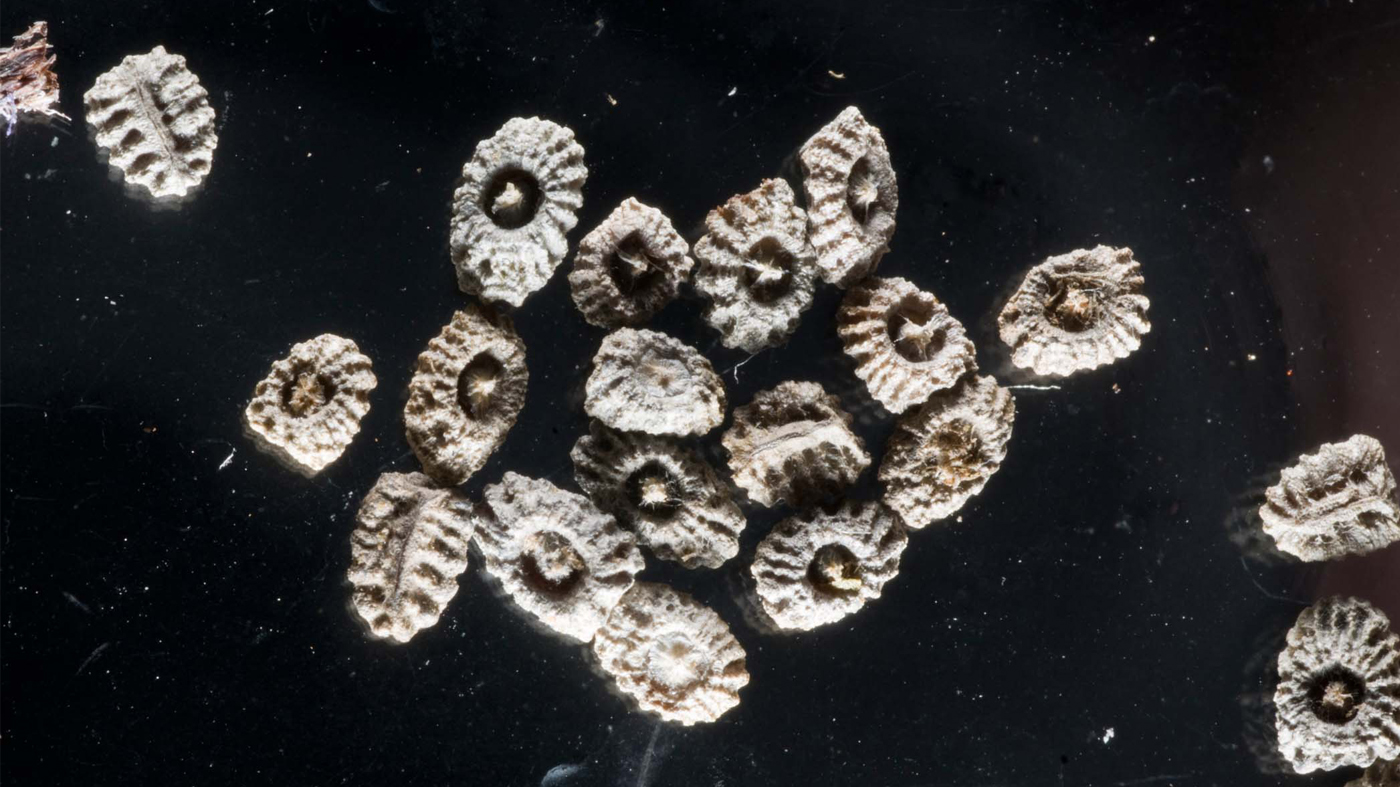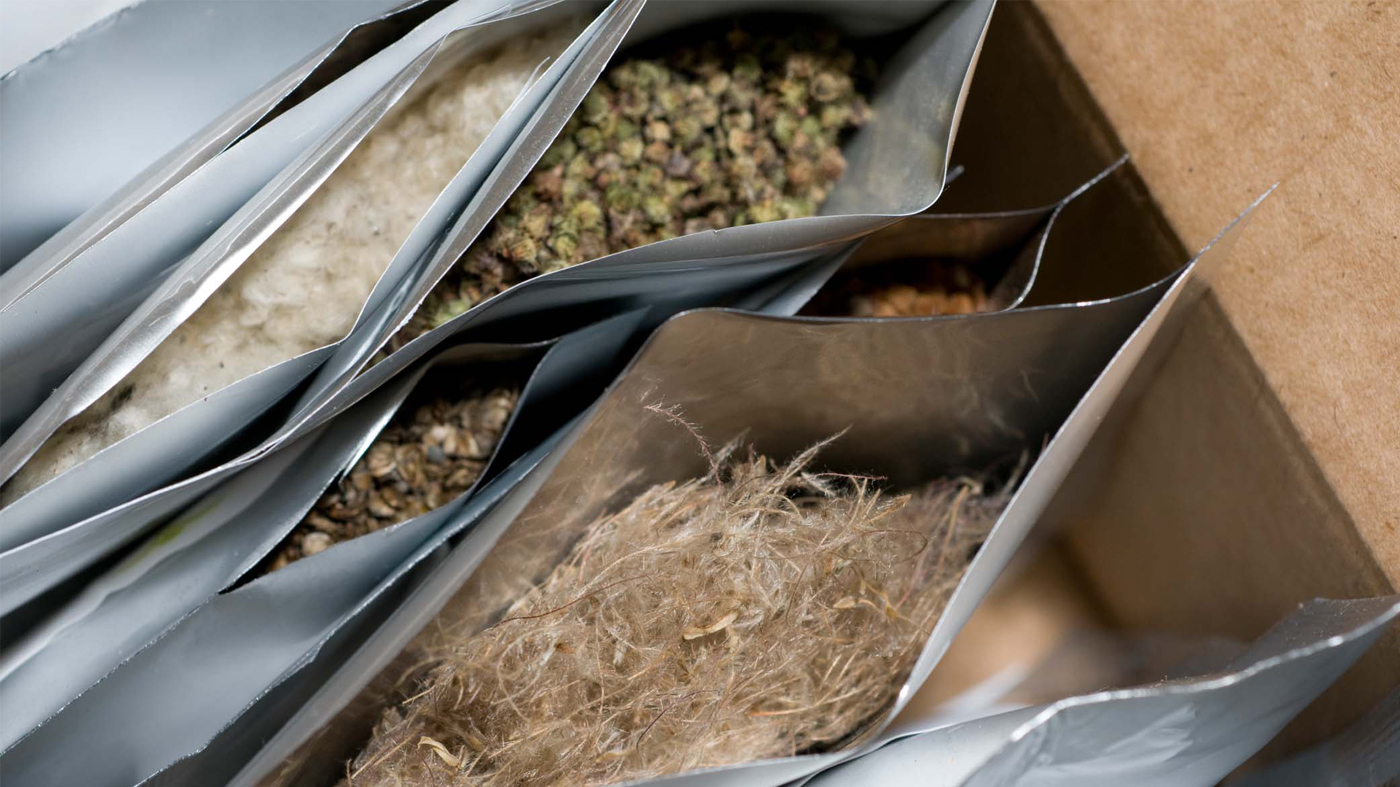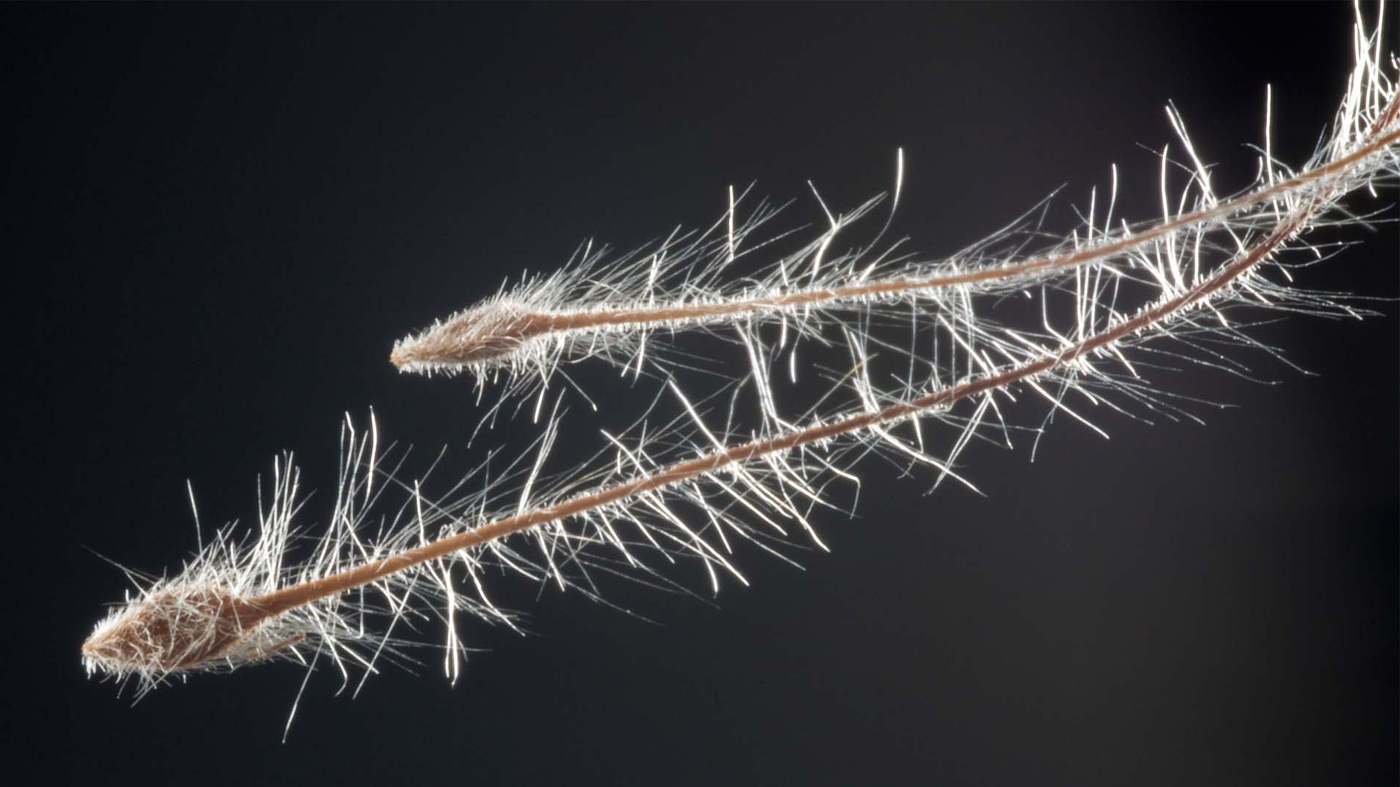Millions of seeds sit frozen in a vault at the Chicago Botanic Garden, waiting to prevent an extinction, support habitat restoration efforts, or contribute to scientific research.

Dave Sollenberger, former seed bank manager at the Chicago Botanic Garden, files a new collection of seeds in the Dixon National Tallgrass Prairie Seed Bank.
The Garden’s Dixon National Tallgrass Prairie Seed Bank—part of the Negaunee Institute for Plant Conservation Science and Action—provides long-term storage for more than 4,200 seed collections from 1,800 species of plants native to the tallgrass prairie, woodland, and wetland ecosystems of the Midwest and beyond.
The Seed Bank’s primary goal is preserving native plant species diversity. By collecting seeds from many different wild populations of plants across the Midwest, the Seed Bank helps preserve the unique ways those plants have adapted to their local environments.
Founded in 2003 as a partner in the Millennium Seed Bank Project, the Seed Bank accepts seeds from nearly 3,000 native plant species. Through the Seeds of Success national native seed collection program, the Garden collects and preserves seeds from 545 native species important to Midwest habitat restoration efforts. The Garden also works with the Center for Plant Conservation to preserve seeds from 11 of the rarest species in the Upper Midwest.

Longbract spiderwort (Tradescantia bracteata) seeds.
Why bank seeds?
Native plants in the Midwest are increasingly threatened by human-driven habitat loss, impacts from invasive species, and climate change.
When we lose a wild population of native plants, we also lose the unique genetic adaptations those plants formed to survive in the climate, soils, and other conditions of their local environment. That loss of genetic diversity makes it harder to prevent extinctions and reintroduce plants into the wild.
Because seeds take up little space, are often produced in abundance, and reflect the genetic diversity of an entire plant population, seed banking is an efficient and cost-effective way to preserve the diversity of many plant species into the future. Most of the Midwest’s native plants produce seeds that can survive long-term storage in a seed bank, with some seeds remaining viable for up to 200 years.
The Garden banks seeds for three main reasons:
Conservation – A long-term safeguard against the loss of wild plant populations that preserves the possibility of future plant species reintroductions.
Restoration – A critical starting point for increasing native seed production capacity to meet local, regional, and national habitat restoration needs.
Research – A resource for scientists trying to answer important questions about our region’s native plants and ecosystems.

Seeds are placed in foil containers for storage in the Seed Bank.
How does seed banking work?
Collecting seeds
Garden staff, along with knowledgeable contractors, collect seeds from wild populations of native plants across the Midwest. From large protected natural areas to slivers of prairie tucked next to railroad lines, collectors harvest enough seed to capture the genetic diversity of a plant population without harming it.
Preparing seeds
Once the seeds are collected, they are sent to the Seed Bank’s Preparation Laboratory to be documented and processed.
Seeds are dried for at least three weeks to prepare them for storage. Next, largely with the help of volunteers, the dried seeds are hand-cleaned, weighed, counted, x-rayed to determine potential viability, and photographed.
The Seed Bank’s Preparation Laboratory is visible from the atrium of Daniel F. and Ada L. Rice Plant Conservation Science Center. Visitors are welcome to view seed preparation—and the work of the Plant Science Center’s other labs—during regular Garden hours.
Storing seeds
After preparation, seeds are divided—some seeds stay at the Garden and some are sent to one of three partner seed banks for backup storage.
Seeds are carefully labeled and packed in heat-sealed foil containers and placed in the Seed Bank where they’ll remain stored at -20°C until they are needed.

Prairie smoke (Geum triflorum) seeds.
Contact
Interested in collecting seeds for the Seed Bank? Reach out to our seed bank manager for more information:
Becky Barak, Conservation Scientist
@email.

